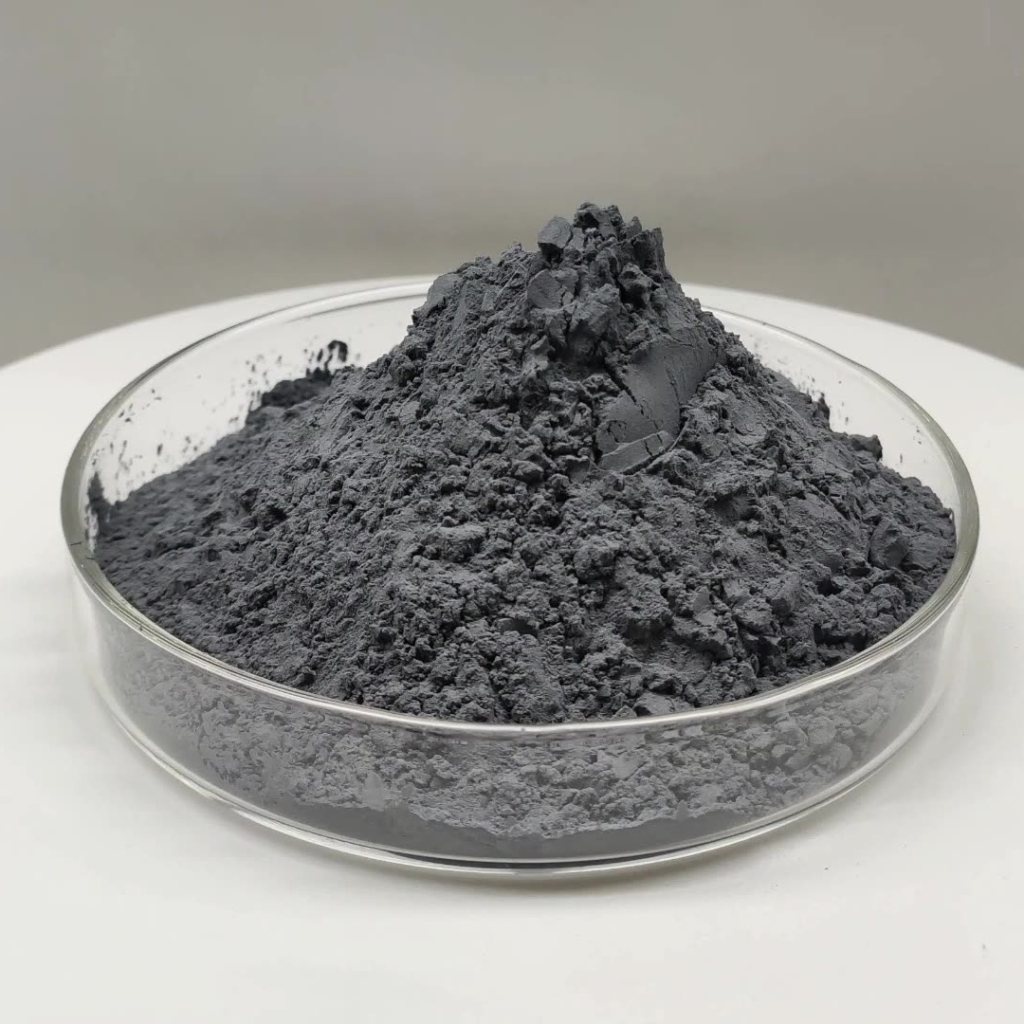What type of boron carbide is added to flux-cored welding wire?
In the powder formulation of flux-cored welding wire, boron carbide serves as a “high-hardness, wear-resistant phase” additive. The selection of its particle size (coarse or fine) is crucial, as it requires a balance between wear resistance, processability, and weld formation.
The most commonly used type is based on the FEPA (European standard) particle size number:
F360
Features: This is the most commonly used and versatile type. Its moderate particle size provides excellent wear resistance while ensuring good process stability during welding. It resists wire separation during wire feeding and fuses well into the weld bead.
Applications: Suitable for most hardfacing applications requiring extremely high wear resistance, such as mining machinery shovel teeth, excavator bucket teeth, and cement plant crusher hammers.
F500 or finer grades such as F800/F1000
Features: Finer powder. Advantages include smoother, denser welds and more uniform boron carbide distribution. Finer powders may also slightly reduce burnout during welding.
Tradeoffs: Disadvantages include poor flowability and increased segregation (separation of powder components) when using flux-cored wire. Furthermore, the cost is generally higher.
Applications: Applications requiring high weld bead surface finish and uniformity, or for producing smaller diameter flux-cored wire.
Summary: Prioritize F360; if extreme weld bead formation and uniformity are critical, consider F500 or finer grades.

